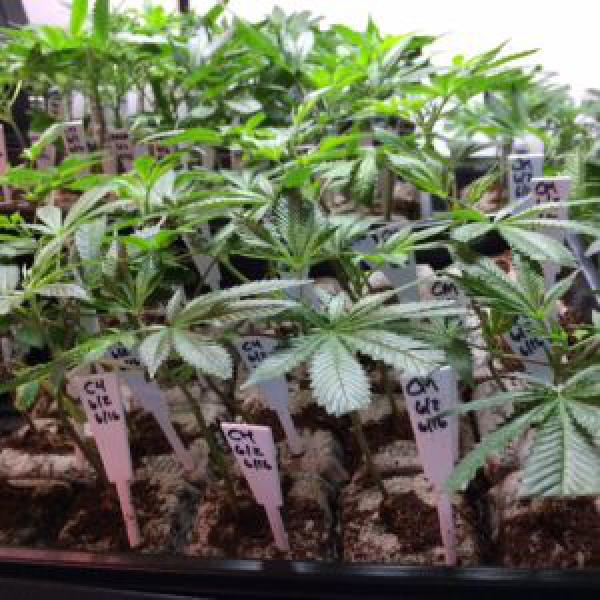CLICK HERE TO VIEW OUR MENU & PLACE AN ORDER FOR PICK UP OR DELIVERY.
Open Daily from 9am - 9pm
All prices listed are out-the-door and include the 26.41% taxes
Temporarily closed. For news on our pending new location, please sign up for our email list.
Introduction to Cannabis Clone Care
What medium you choose to grow your plant in will affect how you move your plant up. Using either coco or potting soil, plant the coco block one to two inches below the surface of your new media. This will give your plant added stability when the flower gets big and heavy. If using rockwool, you may place the coco-block directly on top of your rockwool block. You may need to anchor the clone with a stake of some kind in order to keep it situated while its rooting into the slab.
Light for your new plants
When cannabis plants are young and tender or recently transplanted, it is best to give them gentle light. As they show signs of healthy, vigorous growth, gradually give them more light intensity.
Inside: A bright south facing window or fluorescent lights are best for the first few days after transplanting. Metal Halide lights should be kept a 2-3 feet from the young plant (depending on wattage). A few days after transplanting and when you see vigorous new growth, you can increase the light intensity by either moving your plant within 2 inches of your fluorescent lights or 2 feet under a Metal Halide bulb.
Outside: You will want to find a spot with shade or dappled sun (at most) for the first few days after transplanting. An hour two of early morning sun could be ok, too, just make sure they are watered well the night before. When the plant begins to show signs of vigorous new growth, you can gradually expose them to more light. The plant will tell you when it is getting too much sun. The sun is so intense in the Denver area that I suspect that even mature cannabis plants will benefit from some shade in the late afternoon here. Providing shade for the pot throughout the day will prove advantageous as well.
Feeding and watering young plants-
Cannabis is a very light feeder, but it does need some food in order to achieve high yields of quality flower. Deciding when and how much nutrient solution or water to apply to your cannabis plants can be tricky, especially to explain on paper, as it is dependent on many factors. As a general rule, it is best to let the pot dry down until it is very light to pick up (compared to after a watering) before watering. You can keep a pot full of your growing medium that has not been watered to compare, once the pot with the plant in it feels close to the empty pot in weight, it is time to water. If the plant wilts, you have waited too long to water. Overwatering (in frequency) is the most common problem when growing plants, if the growing medium never dries out, the roots will never receive sufficient oxygen that they need to survive. Alternatively, it is impossible to give it too much water at one time. In fact, you want to have at least 15-20% (preferably more) of the water or nutrient solution you apply to run out of the bottom of the pot, which provides leaching of unused minerals that tend to build up in the media.
Best of luck with your plants!! Make sure to have fun with it!!

